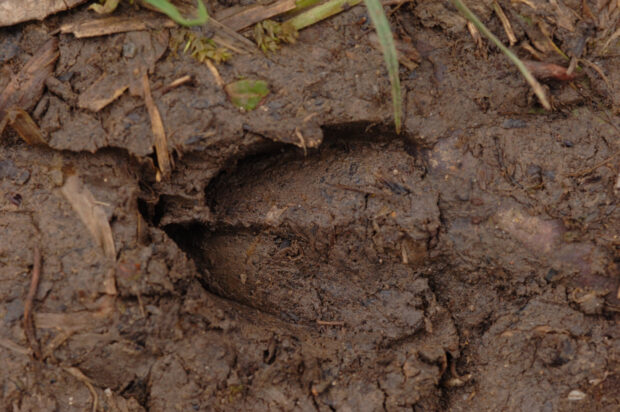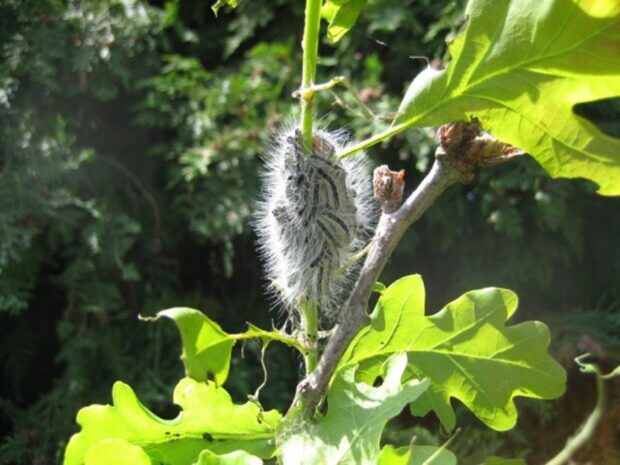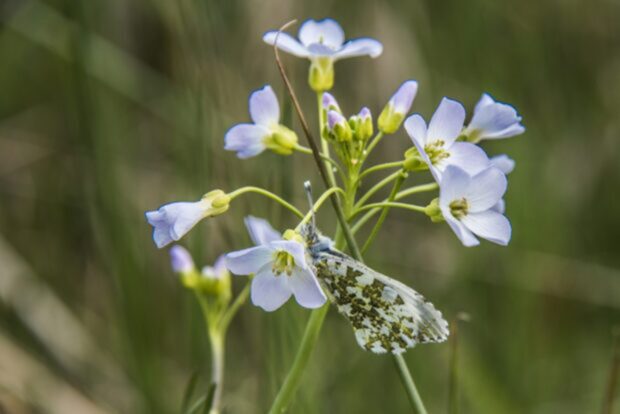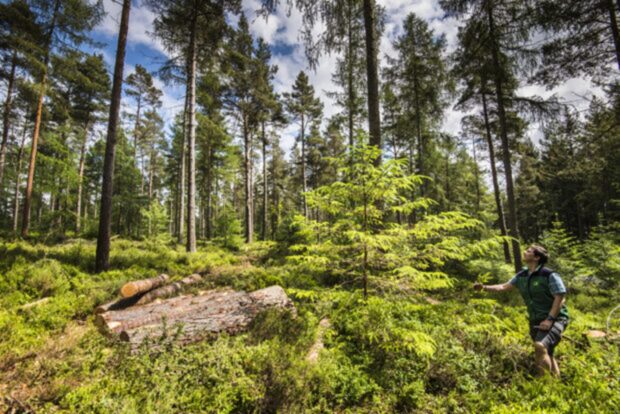
MacBradan Bones is a Nature Recovery Advisor for the Forestry Commission. Here he shares tips on managing your woodland in spring.
Spring is here and we’re finally starting to be greeted by sunny mornings and clear skies, and the chill of winter has been firmly left behind.
With the promise of summer not far away, getting outdoors has never felt more appealing, so if you own or manage a woodland it’s time to be making use of those lighter evenings helping it to flourish. Here are our 5 top tips for managing your woodland this spring.
1. Find out what grows in your wood
Spring is when the woods really come into their own - the first buds begin to open, snowdrops yield space to wood anemones and bluebells, and some trees are already heavy with catkins. Soon too will come some scarcer flowers like cow wheat, oxlips, dog’s mercury, enchanter’s nightshade and many more.
These plants and flowers are great indicators to help you understand the soil that your trees are growing in and be brilliant to help inform species choice for any enrichment planting or woodland expansion you plan to do later in the year. It won’t be long until the trees are in full leaf and the canopy will close, ending the spring display.

2. Undertake deer surveys
The damp floor from spring rain means that tracks show well, making spring an ideal time to undertake deer surveys. If you are hoping to recruit the natural regeneration of new trees, then too many deer can prevent this happening. Whilst the rampant growth of plants can make it difficult to see where deer are having an impact, if you look closely, you might spot new shoots that have been browsed by deer.
These can be identified by the torn strip that deer leave when biting shoots, while other animals such as rabbits and hares leave the shoots looking like they have been cut with scissors.
Another useful way of assessing the impacts of deer is by creating ‘exclosures’. These are small areas, of only a few square meters, which are fenced off from deer and rabbits/hares early in the spring. The difference between the vegetation which grows and thrives within the protection of the fence can be remarkable and a good indicator of the impact of browsing on the woodland.
Surveys are best done before the spring growth masks the impacts; this can happen earlier in the south of England than in the north so if in doubt consult your local Deer Officer.

3. Look out for tree pests
As the weather warms up, keep an eye out for tree pests like oak processionary moth and Ips typographus (spruce bark beetle); any sightings should be reported via the online portal Tree Alert. Both are currently localised, and you can click the links above to find out if they have been spotted in your area. Woodland owners in some areas can apply for funding support through the Tree Health Pilot if they find infected trees.

4. Plan tree work around wildlife
As birds and other wildlife, such as dormice, bats and red squirrels begin to nest, felling and moving large piles of brash etc should only be done with great care and good planning. The Wildlife and Countryside Act 1981 protects our woodland wildlife from reckless disturbance, so it is essential to check thoroughly to see what is living in the wood and plan how to work around it safely. If in doubt do seek advice.

5. Observe all wildlife activity
It's not just birds that will be making homes in your woodland now; insects like bees and butterflies will be about too. Many species can be an excellent indicator of the overall health of your woodland so now is a great time to begin monitoring them. Take watch at different times of the day and see how the activity in your woodland differs.
Finally, spring is the perfect time to stand still and connect with nature. The sound of insects buzzing, birdsong and the spring sunshine can be the perfect antidote to the rush of life, and being outside is great for your physical and mental health. Making time for your wellbeing is very important so get into the woods and enjoy watching them come alive!

See further guidance on how to manage your woodland or contact your local Woodland Officer for specialist advice.


